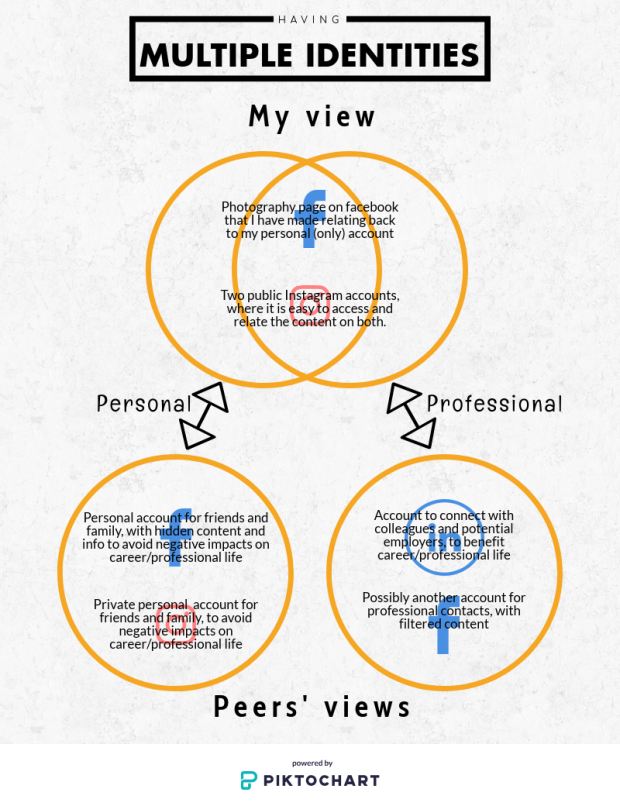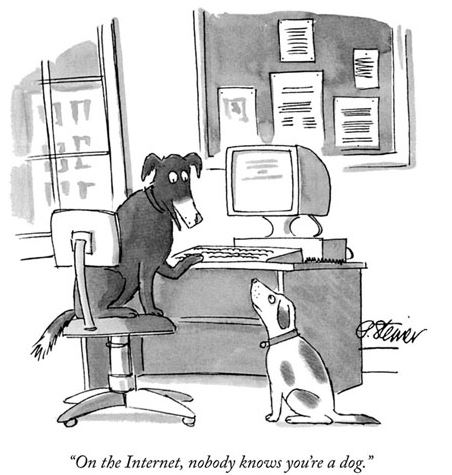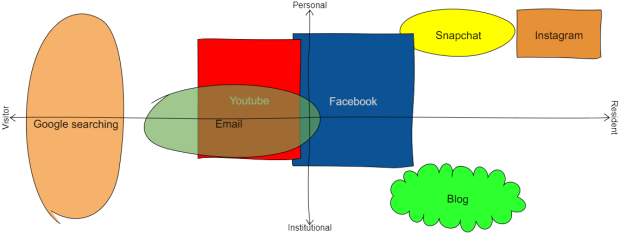
Keep it private
This week’s topic was really eye-opening, as it focused on an area of digital identity that we don’t consider. Making one wrong choice online could potentially negatively affect us for life.
After reading many of my peers’ posts, I have realised that my idea of having multiple identities is very different from others. However, the majority did agree that having a single identity was not as advantageous.
Continue reading →





